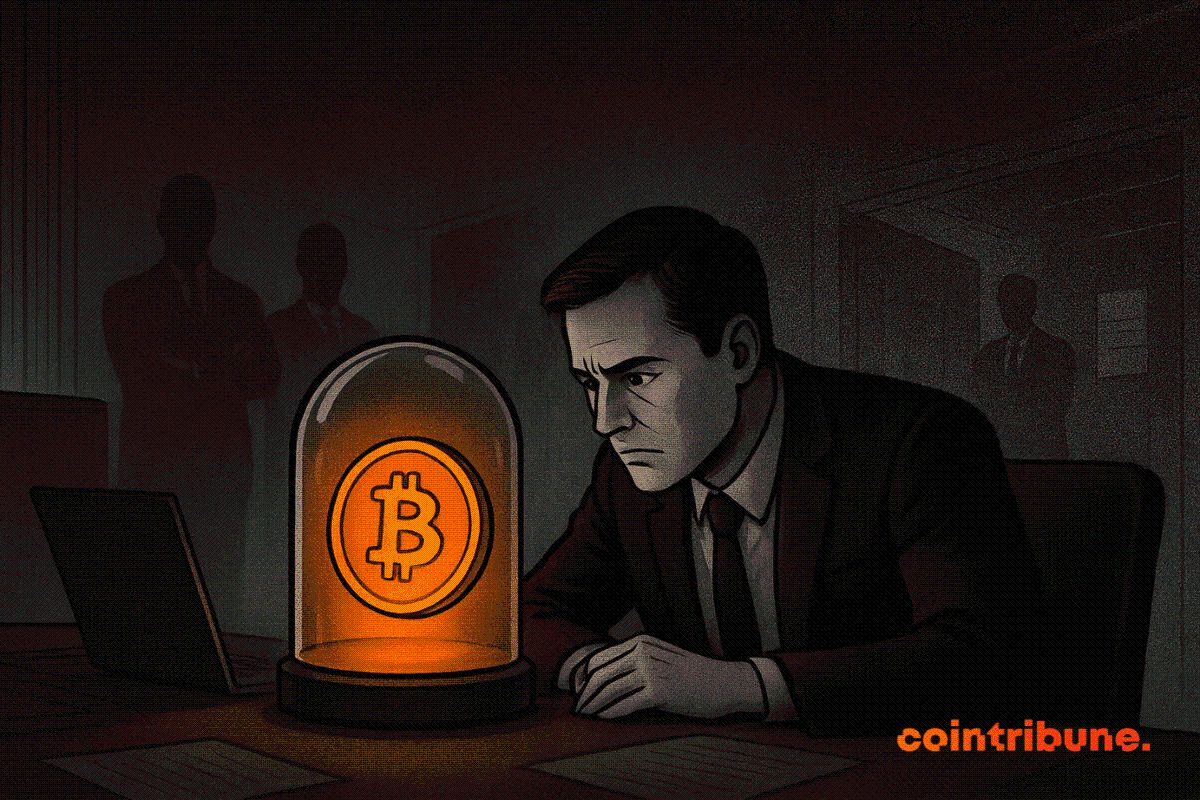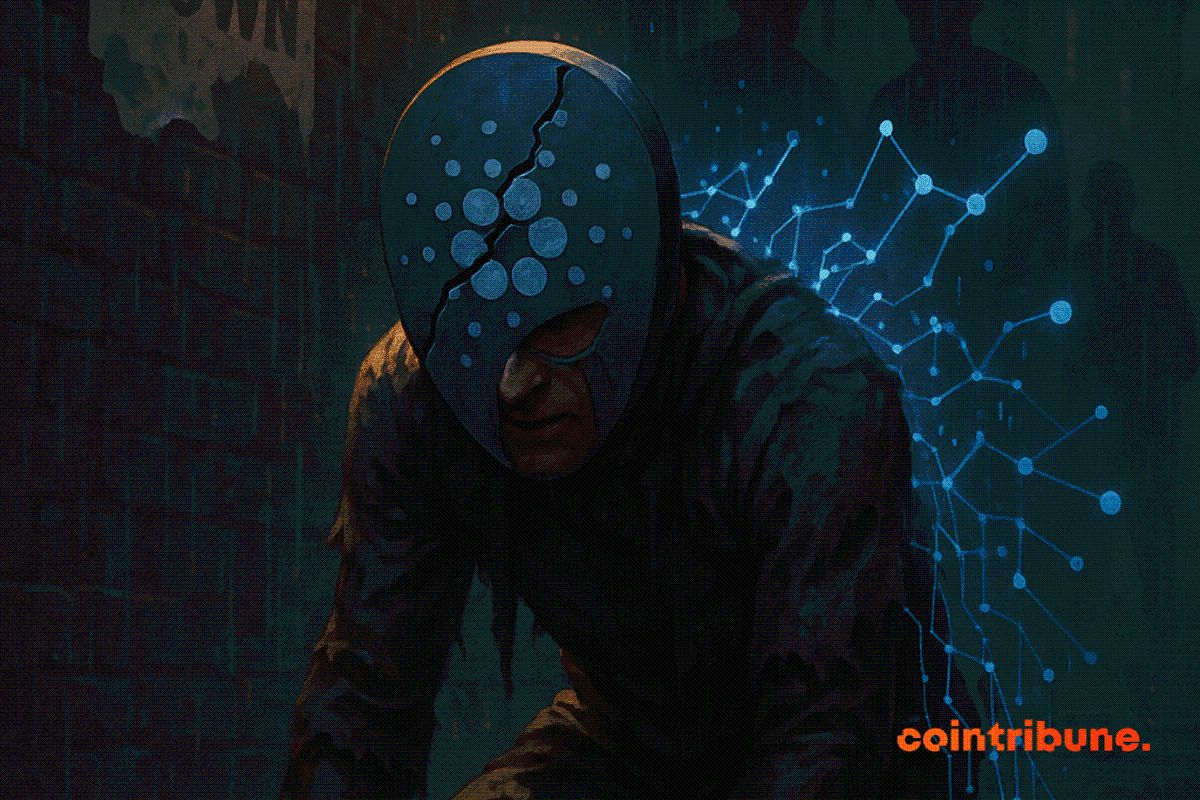XRP News Today: Google's Secret Weapon: Can GCUL Dethrone XRP in Cross-Border Payments?
- Google and Ripple compete in blockchain cross-border payments with GCUL and XRP Ledger, both offering low-latency transactions and institutional support. - GCUL (private, Python-based) targets controlled enterprise adoption, while XRP Ledger (public, C++-based) prioritizes decentralized open protocol design with 300+ bank partnerships. - XRP's $0.01/transaction cost and 3-5s speed maintain its niche in liquidity optimization, despite Google's $2.5T market dominance and CME pilot testing GCUL for asset to
Google and Ripple, two titans in the blockchain and fintech space, are making waves with their respective innovations in cross-border payments and digital asset solutions. Alphabet’s Google Cloud Universal Ledger (GCUL) is in direct competition with Ripple’s XRP Ledger (XRPL), both offering similar features such as low-latency transactions, 24/7 availability, programmable tokenization, and institutional infrastructure support.
GCUL, which is in beta testing, is already in a pilot program with the CME, the world’s largest options and futures exchange, where it is being tested for tokenizing assets like commodities or futures contracts. In contrast, the XRPL has been in public operation for over a decade, with more than 300 bank partnerships but no major institutional tokenization efforts on the ledger.
One of the key differences between the two blockchains lies in their structure. The XRP Ledger is a public, permissionless blockchain with a native token, XRP, while GCUL is a private, permissioned blockchain with no announced plans for an initial coin offering (ICO). Additionally, GCUL is built using Python, whereas XRPL uses C++. These distinctions reflect different strategic priorities: GCUL aims for controlled enterprise adoption, while the XRP Ledger is designed to be a decentralized, open protocol.
Despite Alphabet’s financial and technological advantage—Alphabet is a $2.5 trillion company, dwarfing Ripple’s combined market valuation—XRP has carved out a unique niche as a digital asset for cross-border payments. The XRP Ledger processes transactions in 3–5 seconds at a cost of less than $0.01, making it a cost-effective solution for financial institutions seeking to optimize liquidity and reduce pre-funding requirements in cross-border corridors. Ripple’s network, RippleNet, spans 90+ markets and 55+ currencies, enabling institutions to settle transactions using fiat, stablecoins, or XRP. Notably, Ripple launched its RLUSD stablecoin in 2025, backed by reserves held with BNY Mellon, positioning it to offer a regulated alternative in its ecosystem.
Looking ahead, analysts and investors are watching closely for regulatory developments and market adoption. A panel of experts from Finder in July 2025 predicted an average XRP price of $2.80 by the end of 2025, rising to $5.25 by 2030. These forecasts, however, are contingent on Ripple’s ability to expand its network of institutional users, improve liquidity, and potentially gain approval for U.S. spot ETFs. The recent dismissal of the SEC’s appeals in August 2025 cleared a major legal overhang, reinforcing XRP’s legitimacy as a digital asset and potentially opening the door for broader institutional integration.
Market conditions have also improved for XRP in recent months. Daily trading volumes often exceed $2 billion, and liquidity metrics like 1% market depth have shown signs of strengthening, which is critical for institutional participation. XRP futures open interest at the CME recently surpassed $1 billion, the fastest climb to that level in the exchange’s history. This surge reflects rising institutional engagement and the growing maturity of the XRP market. Top investor Keith Noonan, who holds a 5-star rating on TipRanks, has advised investors to consider buying XRP ahead of October, citing regulatory developments and shifting policy signals as catalysts for potential upside. The SEC’s decision on XRP ETFs has been delayed to October 18 and 19 for the Grayscale XRP Trust and 21Shares Core XRP Trust, respectively.
While XRP faces stiff competition from stablecoins and CBDCs in certain corridors, its potential to cut remittance costs and streamline liquidity for financial institutions remains a compelling use case. If adoption accelerates in high-cost corridors and liquidity continues to improve, XRP could see both price appreciation and greater real-world utility. However, execution risks, such as technical issues with the XRPL’s automated market maker (AMM), could hinder its ability to scale as a high-availability, high-security payment solution.
Source:

Disclaimer: The content of this article solely reflects the author's opinion and does not represent the platform in any capacity. This article is not intended to serve as a reference for making investment decisions.
You may also like
Terra Luna Classic Shakes the Crypto Market with Surprising Developments
In Brief LUNC experienced a significant price decline following Do Kwon's sentencing. The court cited over $40 billion losses as a reason for Do Kwon's penalty. Analysts suggest short-term pressure on LUNC may persist, despite long-term community support.

NYDIG: Tokenized Assets Offer Modest Crypto Gains as Growth Depends on Access and Regulation

Cardano Investors Split As Market Fatigue Sets In
